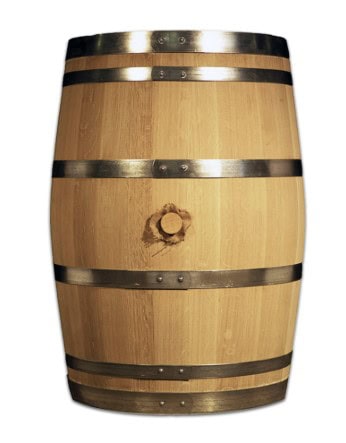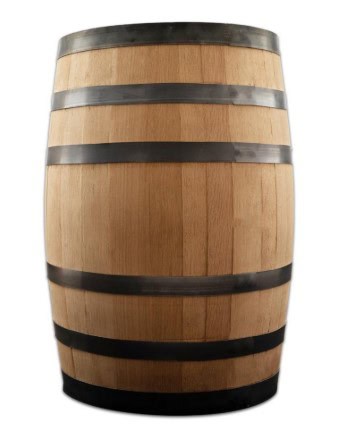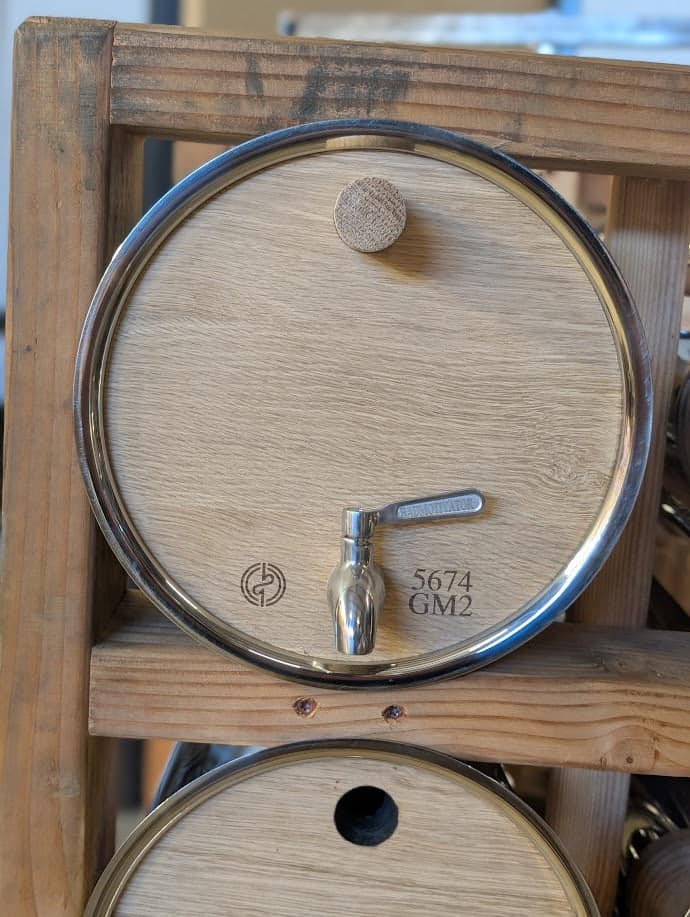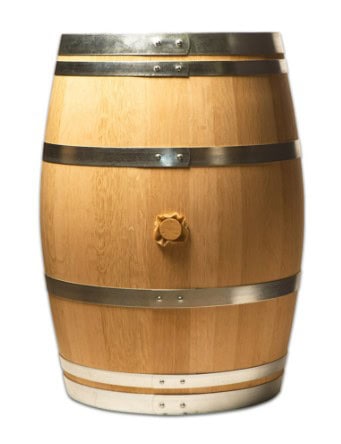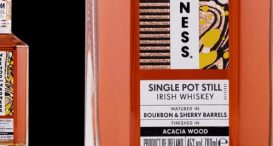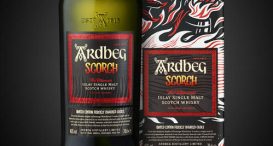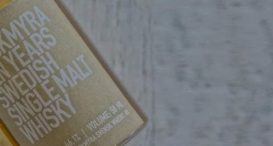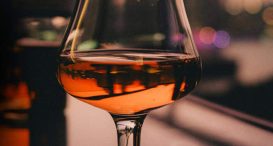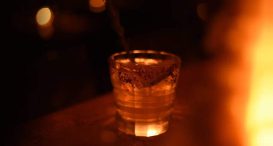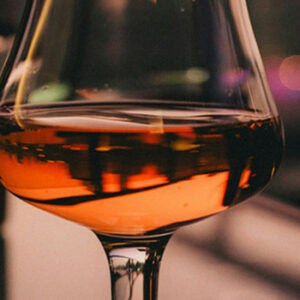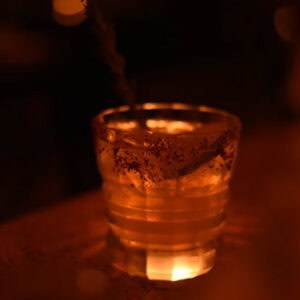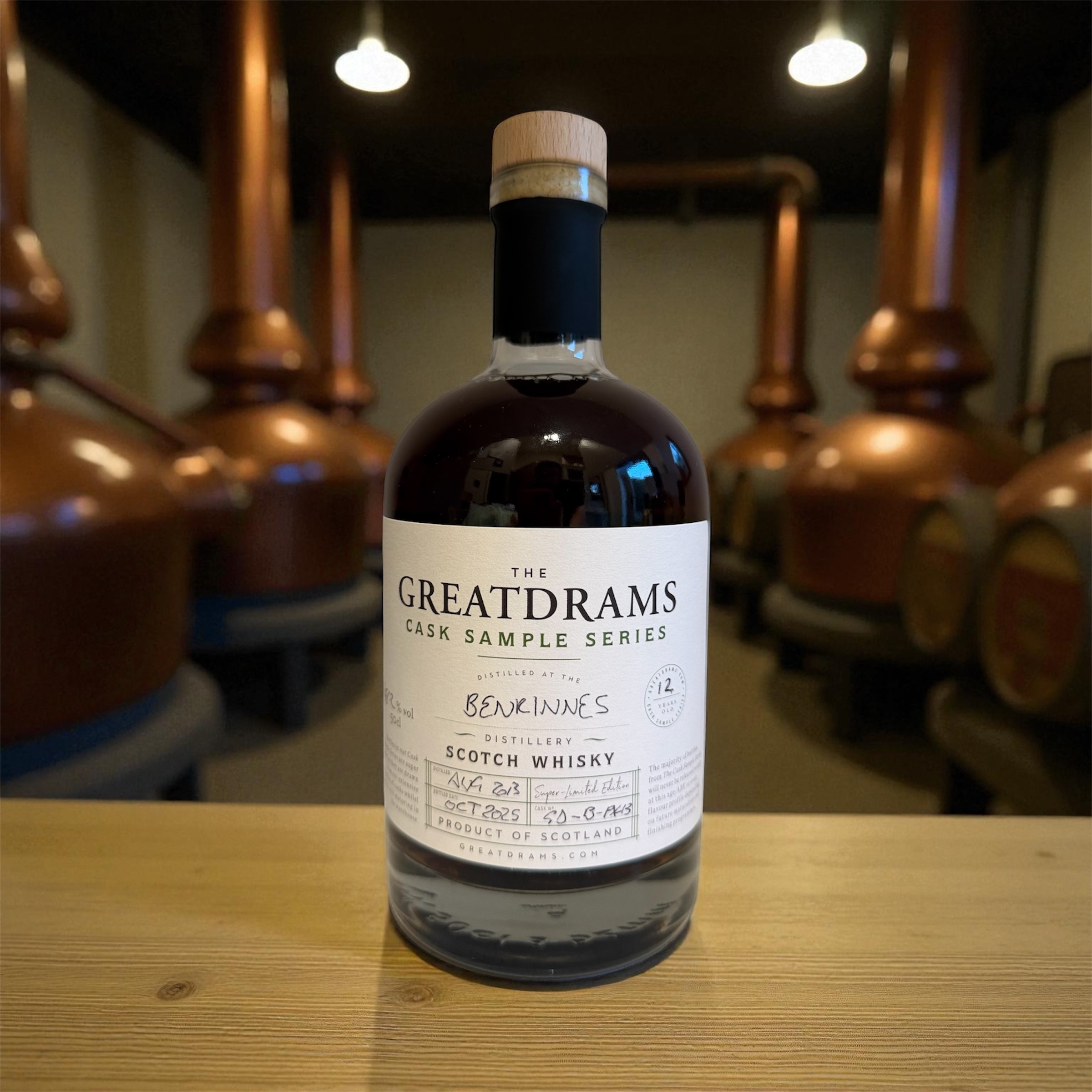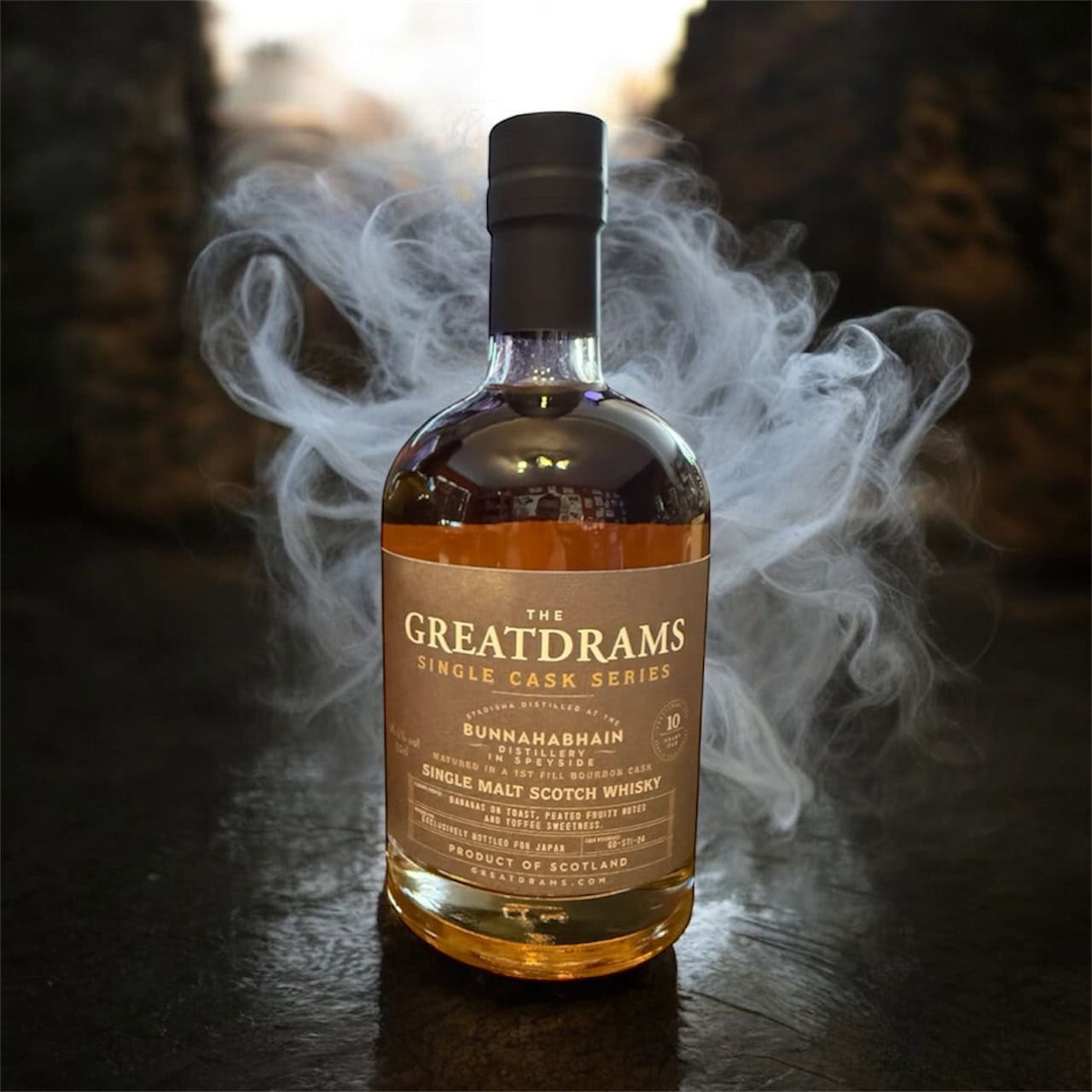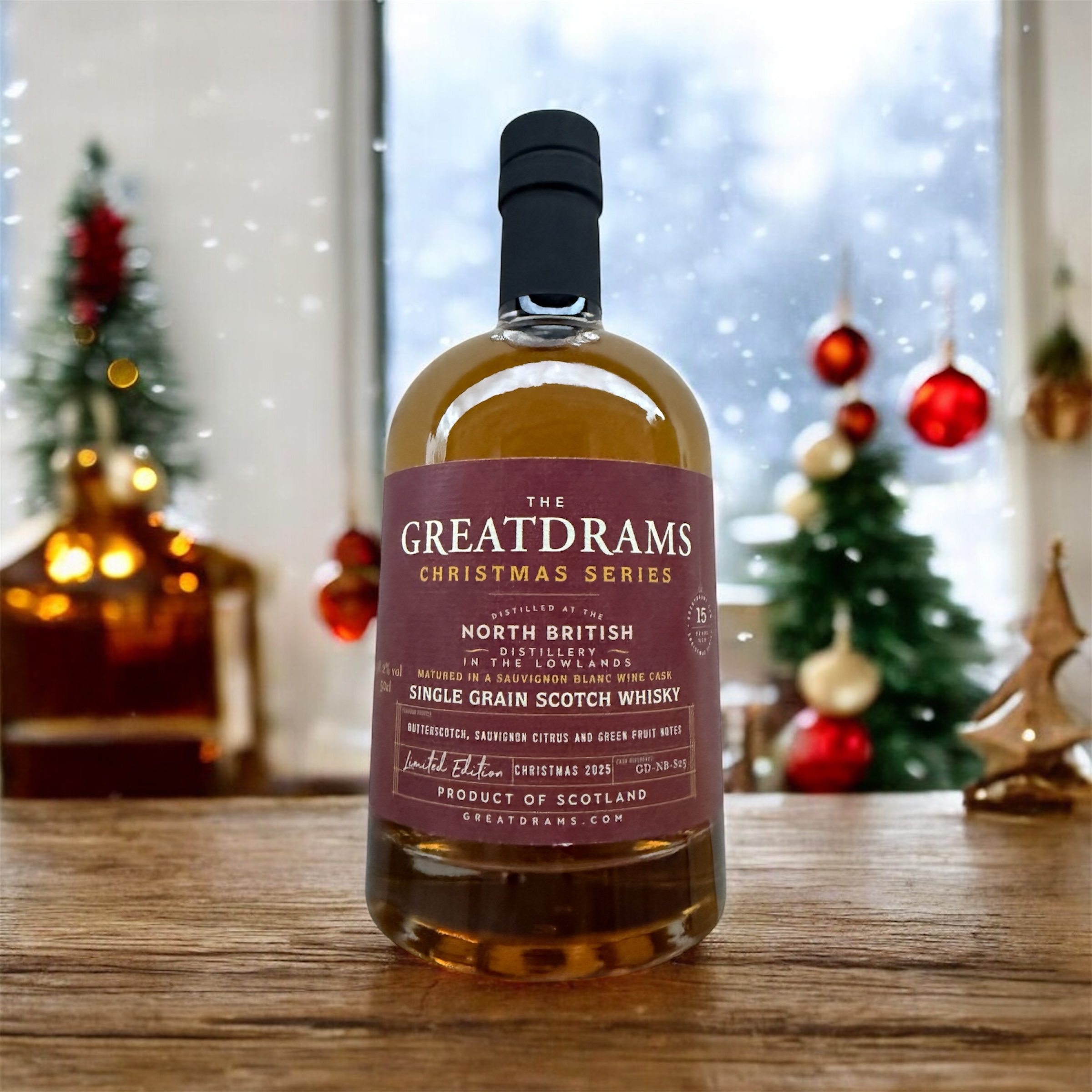4 Rare and Popular Oaks Used in Whisky Maturation
They say that ‘all good things come to those who wait’ and while that slogan may be associated with another certain alcoholic tipple, I feel it could very easily apply to whisky as well.
By law, whisky must age for at least 3 years before it can be sold as whisky. A great deal of other whisky producers and bottlers choose to mature their whiskies for far longer. As we’re dealing with a valuable commodity here, you can’t just plonk the whisky into any old plastic tub or container and leave it alone. No, instead, it needs to age and mature in premium quality wooden casks and barrels made from oak.
Oak has been the wood of choice for distilleries around the globe for centuries. It’s dense, it’s versatile, it’s durable and water-resistant, plus it can impart some amazing flavours and notes into the final product before bottling.
What you may not realise however, is that not all oaks are created equal. There are more than 500 unique species of oak tree around the world, and only a select few produce wood suitable for the vital task of maturing whisky.
Today I’ll be looking at 4 of the most common and popular types of oak used in whisky maturation. You know the drill by now, sit back, relax, grab a dram, and let’s talk oak.
American White Oak, also known as Quercus Alba, is arguably the most common type of oak used in whisky production. That’s because it is used primarily to make Bourbon barrels in the USA.
By law, these barrels can only be used once, so once the US distilleries are done with them, they sell them to other distilleries around the world. Because they’re so readily available, and also affordable, a lot of distilleries will first age their whiskies in Bourbon casks.
American White Oak provides a decent amount of tannins, and has been known to give sweet vanilla and toffee notes to the whiskey stored within. This is where Bourbon whiskey gets its unmistakable sweetness from.
After being harvested and dried for at least two years, coopers then assemble these oak casks by hand, before charring the inside and the lid to give a smoky flavour and encourage natural sugars within the wood to caramelise. This helps the wood to impart its sweet notes into the whisky. It also helps filter out any impurities.
Up next, we’re travelling from Kentucky to Europe, to learn more about European Oak barrels used in whisky maturation.
Commonly used in the production of wine, sherry, brandy, port, and other fortified wines, European Oak, or Quercus Robur, is typically derived from oak trees found in countries such as Spain, Portugal, and France.
European oak trees tend to produce wood which contains lower concentrations of tannins. The grain is also much tighter which helps to allow the whisky contained within to mature for longer.
The oak is sustainably harvested from trees which are typically 200 – 300 years old, before air drying and seasoning for around 2 years to help bring the wood’s natural flavours and characteristics to the forefront.
Whereas American Oak Casks tend to provide sweet notes, heavy on the vanilla, European Oak barrels are much milder. They tend to provide slightly spicier flavours, which remind a lot of people of Christmas. A whiskey matured for a long time in European Oak will take on flavours of things such as cinnamon, nutmeg, clove, and orange, very similar to a mulled wine.
One of my personal favourite European Oak whiskies is The Balvenie 16 Year Old French Oak. It has a wonderful fruitiness to it, with just the right amount of tartness. This shows just what a difference the right wood can make.
Back to America now, to look at a rare type of oak that is slowly becoming more popular across the States. The oak in question is Oregon Oak, sometimes known as Garry Oak. Known scientifically as Quercus Garryana (hence the name), this species of oak is native to Washington, as well as Oregon, just as its name implies.
Oregon Oak may be becoming more popular, but it is still considered extremely rare, and there are a few reasons for why that is. The most prominent reason, though, is the fact that the oak trees growing in the Oregon countryside are very temperamental. The trees are often full of knots and defects, making them notoriously difficult to work with. Coopers are incredibly skilled and do amazing jobs, but they don’t work miracles. If the wood is defective, it can’t be used. This means that oak yields from the trees are much lower, which is not good business practice.
As well as being knotty, the wood is also much denser, making it much harder to harvest and work with. Add to that, the fact that it requires much more time air drying and seasoning (3 – 4 years on average) and it seems like a lot of work for not much reward.
The reward, however, comes in the complexity of the flavours. It’s sweet, but also spicy. Almost like a combination of standard American White Oak, and European Oak. It is particularly heavy on the winter baking spice notes such as clove and nutmeg.
And finally, moving onto the most luxurious and decadent oak on our list today, we have Japanese Mizunara Oak.
Known scientifically as Quercus Crispula, this species of oak is found commonly in Northern Japan. It is one of the rarest, and more expensive oaks on the planet. It is also a protected species and there are strict laws which determine how much can be logged and harvested each year. Because of this, it is typically used in only the most expensive and luxurious of spirits.
If you thought Oregon Oak was hard to work with, that’s nothing compared with Mizunara. The oak is often full of knots and defects, and yields far less wood than other species of oak. it is also less pliable, making it a nightmare for coopers looking to shape it into barrels.
Just to pile on the hardships even further, the wood is porous which means that loss of spirit is almost guaranteed as the casks are prone to leaks. On the plus side, as the wood is porous, it allows more of the whisky to penetrate into the wood and take on more of the flavours and notes.
Whisky aged in Mizunara Oak is typically rich in notes of sandalwood, almonds, marzipan, tonka bean, coconut, and pink peppercorn. These notes are very rare in whisky production, which is yet another reason these unique casks are so rare and expensive.
If you’d like to learn more about your favourite whiskies, or simply treat yourself to a dram or two in the process, head on over to GreatDrams.com and take a look at the diverse selection of whiskies we currently have in stock.
With an impressive selection of limited-edition, rare, and award-winning whisky, as well as heaps of whisky info on our blog, it’s the perfect spot for any whisky lovers out there.



